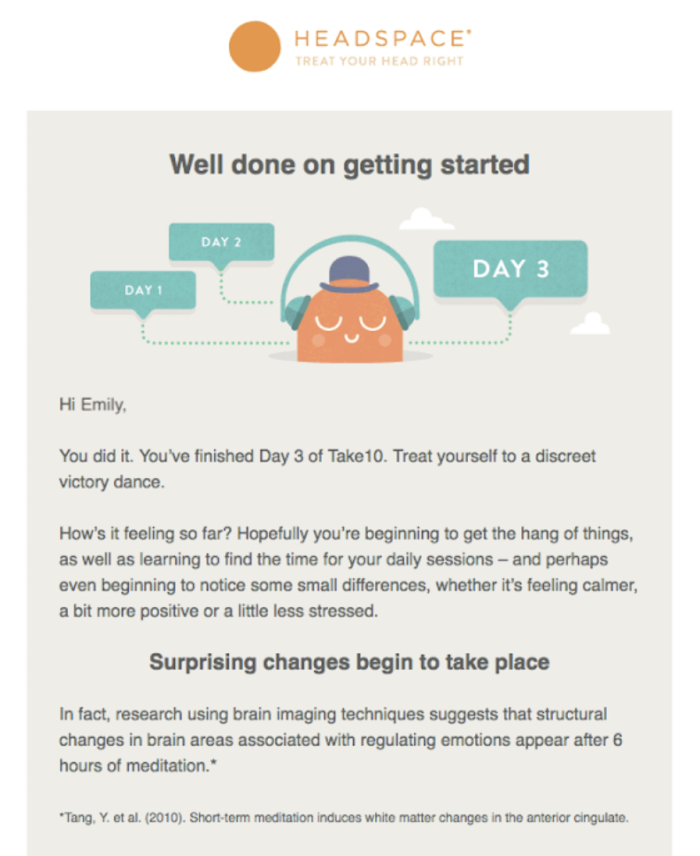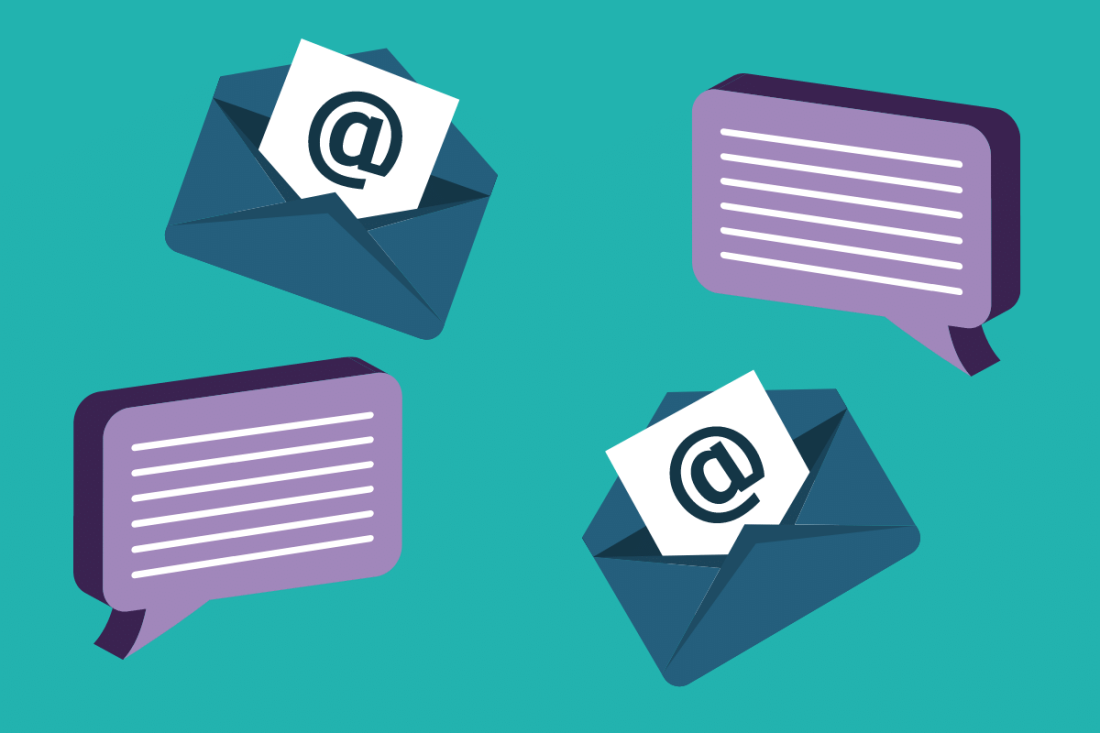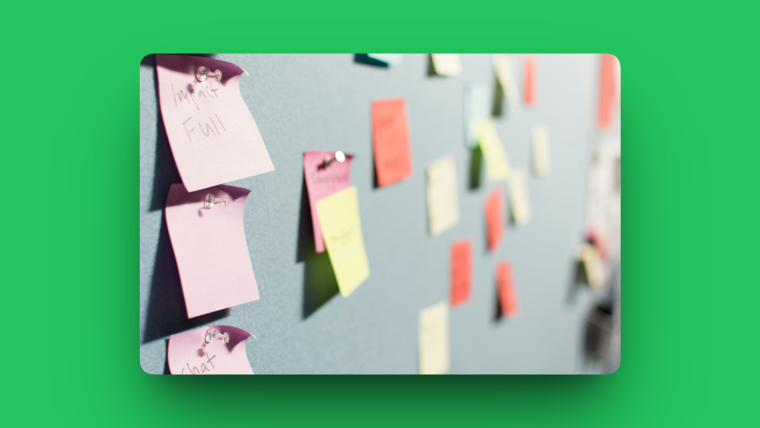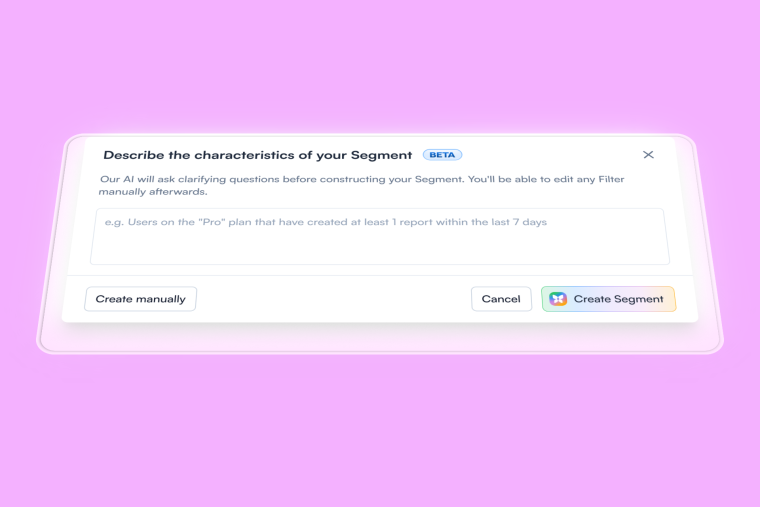Providing a top-notch onboarding experience is essential for customer and product success. At a most basic level, strategic customer onboarding ensures your new users are able to use your product to achieve what they’d originally set out to achieve. On a deeper level, strong and well-researched customer onboarding empowers your new users and ensures they’ll continue to receive value from your brand’s products and services.
For your business, this not only means better activation and customer retention rates—but also higher overall lifetime value, as well as providing a valuable onboarding experience to your customers comes down to delivering the right message, on the right channel—at the right time.
Now, customer onboarding is, by nature, a more personalized, one-on-one experience for both your users and your team. It only makes sense, then, to use the channels that will allow you to best communicate with your new customers on an individual basis. It’s also vital to use these channels to deliver cohesive messaging to your customers throughout the onboarding process.
In this article, we’ll discuss how to use in-app messaging and email as part of creating an effective customer onboarding strategy that helps retain new users so that they become long-term customers.
Aligning Your Lifecycle Emails and In-App Messaging
Creating an effective new customer onboarding process that’s also beneficial to your business involves a number of tasks:
New User Intake: learn more about your customers, set their expectations, and begin delivering value to them
Instructing New Users: how they can use your software most effectively
Building Habitual Use: enhancing the quality of user engagements in your product
Keeping New Users Motivated: encourage them to push past challenges and stick with your tool
Empower New Users: once they’ve achieved their initial goals – what next?
Aligning your in-app messaging and email communications throughout the customer onboarding process is key to achieving these tasks and to setting your new customers up for true success with your brand.
Let’s now take a closer look at some customer onboarding best practices that will allow you to better align your messaging at each stage of the customer onboarding process.

Get inspired with user onboarding examples from top products
How companies like Airbnb and HubSpot retain new users
Facilitating Intake, Introduction, and Orientation
To be blunt: If you aren’t able to get your new users engaged and heading toward their goals immediately, you run the risk of losing them. As data from Wyzowl shows:
63% of consumers say the perceived quality of a brand’s onboarding factors into their decision to move forward with an initial purchase.
Unfortunately, Wyzowl also found that more than 90% of consumers feel the brands they do business with could stand to improve their onboarding processes 😐
In order to get your new users quickly up and running, you have three key tasks ahead of you—each of which will rely on in-app and email onboarding messaging to get moving.
First things first, you’ll need to collect your new user’s contact information as early as you can. Since your product serves as the nexus of communication between your brand and the user, you’ll want to start there.

(Source)
At this point, you want to focus on collecting only need-to-know info from your new users; ask for too much, and you run the risk of losing the user right off the bat. As shown above, Acorns simply asks new users to provide their email address to create an account, along with confirmation of eligibility for the app.
Acorns then ask for a bit more information regarding the user’s profile, including their name, date of birth, and Social Security Number along with their banking information, as well.

(Source)
Again, this is the essential information Acorns needs to get new users started with their services. Yes, it’s highly personal info — but without it, Acorns literally won’t be able to serve their new users.
Keep your inquiries to the minimum necessary for the time being, as this will keep your new users from getting distracted, overwhelmed, or otherwise unable to complete the basic tasks for registration.
Whether you offer an app or a web-based service, many of your new users will get distracted, anyway, which is where email marketing comes in.

As shown above, Acorns uses email to deliver timely reminders to new users who haven’t fully set up their account yet and they acknowledge that life gets in the way. (Note that the email not only includes a clear prompt as to what to do next but also explains what the user will be able to do, “invest through Round-Ups”, once they complete this initial task.)
What’s more, this follow-up email also reinforces Acorns’ promise to deliver personalized support to new users during their initial experiences with the app. Again, when it’s clear to the user that they’re in good hands from the start, they’ll be much more likely to move forward with the onboarding process.
Once your new users complete this initial registration process, you can then start digging into more specific information regarding their needs and expectations. Beauty retailer Nykaa uses welcome emails to ask new customers how they would like to start their “beauty journey”.

While your new users will ideally move through these registration and setup stages directly within your app, it’s crucial to have follow-up and reminder emails prepared to get your more hesitant users back on track. Otherwise, you might not even get the chance to show your new customers the true value of what you have to offer.
Providing Direction and Instruction
Ready for more troubling news from the Wyzowl report we mentioned earlier?
A full 80% of consumers delete new apps simply because they don’t know how to use them. Similarly, 55% of consumers have returned a physical product for the same reason.
That said, the importance of delivering clear, comprehensive instructions to new users throughout the customer onboarding process is obvious. Again, aligning your in-product directives with your lifecycle emails is vital, here. Overall, your goal should be to use one channel to deliver quick-hitting, actionable instructions—and the other to provide more in-depth information about the task at hand.

For example, Trello uses email to prompt new users to “get started” while relying on in-app messaging to deliver more specific instructions to them:

Feedier takes the opposite approach, first delivering instructions within the app, and following up these prompts with offers of assistance via email.

(Note: Keep the below email in mind, as we’ll revisit it in the very near future.)

This stage of the onboarding process is all about ensuring your new users actually start using your software productively and immediately start seeing the value in doing so. By delivering a combination of informative messages and actionable prompts via multiple channels, you’ll easily be able to make this happen.
Increasing Engagement and Building Habits
Sorry to keep piling on the bad news, but the fact is that a poor onboarding experience can absolutely destroy your ability to activate and retain new customers.
Case in point, a recent study reported that up to 60% of first-time users will leave your tool and never come back. Even worse, studies show that most apps will see 75% of their new users churn within one week.
This is yet another reason to use in-app messaging and email to stay in constant contact with your users. Here, the goal is to get them to start using your software more routinely or habitually by keeping it at the top of the customer’s mind.
In some cases, simple reminders can get your customers to re-engage with your app.

Duolingo, for example, reminds users to complete their daily language lessons at the same time every day— both with email and push notifications.

Headspace also delivers consistently-timed messages via both channels in order to build the habit amongst their new users. However, these messages are a bit more involved than Duolingo’s simple reminders:

(Source)
While the in-app messaging simply helps the user track their app usage “streaks”, Headspace’s emails deliver additional information to help the user get even more value from the app. Of course, this involves engaging once again with the app—further solidifying the habit within the user in the process.

(Source)
Whether delivering consistent, or consistently-evolving, messages to your new users, it’s essential to leverage email and in-app communications for both purposes. Not only does this increase the chances of getting your messages seen, but it also allows you to reinforce your brand’s value, overall.
Motivating users to overcome challenges
In addition to building habitual use amongst your new users, you also need to ensure they persevere through any pitfalls, obstacles, or challenges they face on their way to success.
For one thing, this means keeping the user’s progress front-and-center as time goes on. Even as their usage habits grow stronger, it’s still important to celebrate their quick wins, milestones, and all accomplishments in-between

(Source)
In this example, Epic for Kids shows young readers what they’ve accomplished thus far and provides suggestions as to what to read next. Readers (and their parents) can then track their time within the product where they will also be presented with regular reports regarding their reading habits. When the going gets tough for your users, you also need to be prepared with helpful content, suggestions, and prompts to get them through it.
More than just reminding your new users to continue using your app, the idea here is to remind them of the value of doing so. Additionally, you need to instill in your users the confidence needed to continue engaging with your app and working toward their overall goals.
Most importantly, though not every step on the customer’s path to success will be easy to take, they need to know you’re there with them at all times. With regular reminders, coupled with valuable, actionable information, you’ll communicate this message loud and clear. In turn, you’ll all but guarantee your customers’ motivation and engagement levels stay on the up and up.
Empowering users to ramp things up
Even once a new user has gotten to a point where they routinely use your software and engage with your brand, there’s no guarantee they’ll continue to do so. This is especially true if you don’t continue to pile on additional value as time goes on.
Think about it: If all you typically give your customers is “more of the same”, they’ll eventually lose interest in whatever it is you offer. Even worse, they’ll likely defect to a competing company that can better cater to their evolving needs.
There should always be something more your users can do with your app to get more value out of the experience. Again, sticking with the status quo will eventually stunt their growth—but keeping them focused on the “next steps” will ensure they continue to grow well past their initial goals. To that end, it’s again important that your in-app and email communications stay aligned even after your users have gotten the hang of things.
Grammarly, for example, prompts freemium users to upgrade to the paid version while they’re actually using it.

The team follows this offer up with an email that not only reinforces the value of Grammarly’s premium service but also provides a hefty discount, as well.

Those who become regular users of your software will want to continue using it just as regularly. But, this is only if you can consistently improve upon the value they’ve come to expect from your app and your brand.
By aligning your in-app and email messaging to promote the benefits of your app, you’ll easily be able to point your customers to the “next big thing” you have to offer them. In turn, they’ll always be looking to engage further with your brand.

On-Demand Webinar: Product-Led Growth 101 🚀
How can you use PLG to drive acquisition on autopilot? Become an expert in this 60-minute webinar.
Final thoughts on the need for in-app messaging and email
Developing a killer customer onboarding strategy is crucial for getting your new users started on the right foot—and putting them on the path to success from the get-go.
More than just orienting your new customers with your brand’s services, you also need to align your services with their needs. To make this happen, you need to immediately learn as much as you can about what they’re looking for from your team.
Welcome emails and drip campaigns are essential, here but require your new users to navigate away from your app to engage with them. This additional step can potentially be disruptive to their initial experiences with your services.
This is where Chameleon comes into play. You can interact with users at contextual moments e.g. when they're using your product, and greet them at the door with an engaging product tour. The best thing about these Tours when you compare them to emails? Product tours have a 66% completion rate. Compare that to your average email open rate of ~20%. Sign up for free and dive into our Playground to start creating in-product Experiences that blend into your product and make an impression.

Boost Product-Led Growth 🚀
Convert users with targeted experiences, built without engineering
This post was contributed by Josh Brown, SEO and Content Marketing Manager at Helpjuice. Helpjuice’s knowledge base software is designed from the ground up to help you scale your customer support, and, collaborate better with your team.






